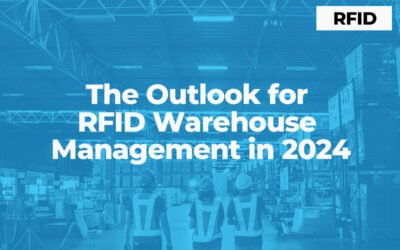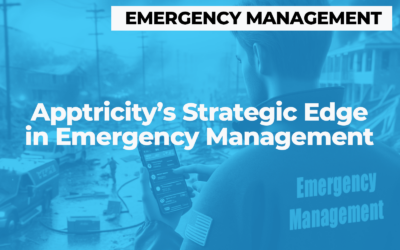Ever wonder how your local convenience and grocery stores know when you’re close by? It’s all thanks to beacon technology, GPS and geofencing. Learn more about it here.

You’re on your way to the local Wal-Mart to pick up your order. Using the mobile app, you check-in and let them know you are on the way. Once you arrive, you let them know what spot you are in and within minutes, here comes the clerk wheeling your order to the back of your car. You just did all of that using your mobile phone without speaking to a single person.
While this in and of itself isn’t extraordinary, understanding how stores like Wal-Mart use this technology to help their business grow is beneficial to everyone. It allows them to send customers communications that could be used inside the store during their visit during the drive to their location. It also helps cut down the time of pick-up deliveries, making the business more efficient.
It all starts with GPS.

Global Positioning System, or GPS, is what many of us use to get driving directions to someplace we’ve never been. We also use it to track how far we walk or run during our exercise routines. Some mobile apps also use GPS to show you where a loved one is located. It uses the satellites orbiting far above us to geographically pinpoint an object.
Unfortunately, those satellites also keep global positioning systems from working well indoors. Plus, if it’s cloudy out or other obstacles block the signal, or there is no satellite close to your location, GPS becomes unreliable. Think about the times you’ve lost your GPS signal driving through a wooded area, or in the mountains, or in a tunnel under the water, only to have it reappear later. Without the line of site, GPS has issues.
But how do stores use geofencing to know when you are near?
Using a clear, reliable GPS signal, stores set up geofencing to pinpoint object or people that are in geographical proximity to them. Basically, they set up an imaginary “fence” around their store that is about two miles (or whatever unit of measurement they want to us) in every direction. When a customer crosses the imaginary line, the stores are alerted.
For example, going back to the Wal-Mart example, the customer checks in telling Wal-Mart they are on the way. As soon as they cross the geofencing line, Wal-Mart associates are notified that the person picking up order number 1 is almost there. All the associate needs at that point is the number of the parking spot they are in.
How is geofencing used to track assets?

While geofencing commonly uses GPS, it can also use radio-frequency identification (RFID) to track assets and personnel in a defined geographical boundary. Geofencing with RFID is commonly used as a tracking method for inventory control. Say an asset is trying to the leave the property and the RFID tag hasn’t been disabled. Geofencing can alert the appropriate parties in the organization that this is happening and prevent the asset from leaving. It’s not only great for tracking assets, it’s also great for preventing theft and misplacement.
The downside of geofencing with RFID is that RFID typically doesn’t work with a mobile phone. You need a special scanner to read the RFID tag and push the information into the asset management tracking system. This is why geofencing with RFID is great for use inventory control and geofencing with GPS is good for targeting customers.
Where do beacons fit in with geofencing?
Beacon technology fills in the geofencing gaps of GPS and RFID. A beacon is a small wireless transmitter that works on Bluetooth Low Energy (BLE) to transmit information. Beacon’s help boost the GPS and RFID signals. Bluetooth must be enabled on the customer’s mobile device or on the RFID scanner. This allows the beacon to detect the device and the RFID or GPS signal to find what it is looking for.
The beacon can detect the customer or asset as soon as it enters to beacons range, or the beacon’s geofence if you will. Once that happens, it can start transmitting. Beacons work great inside as well as outside, so they help fill in the gaps left behind by GPS and RFID.
Are you using geofencing, GPS, RFID and beacons to track your assets? Drop us a note and share your story with us.
If you’re interested in learning more about how these technologies can help your business, contact us today for more information.


